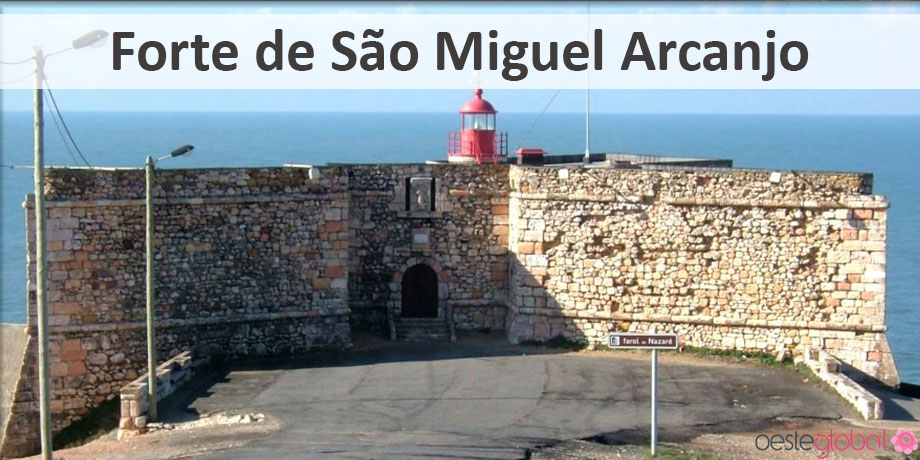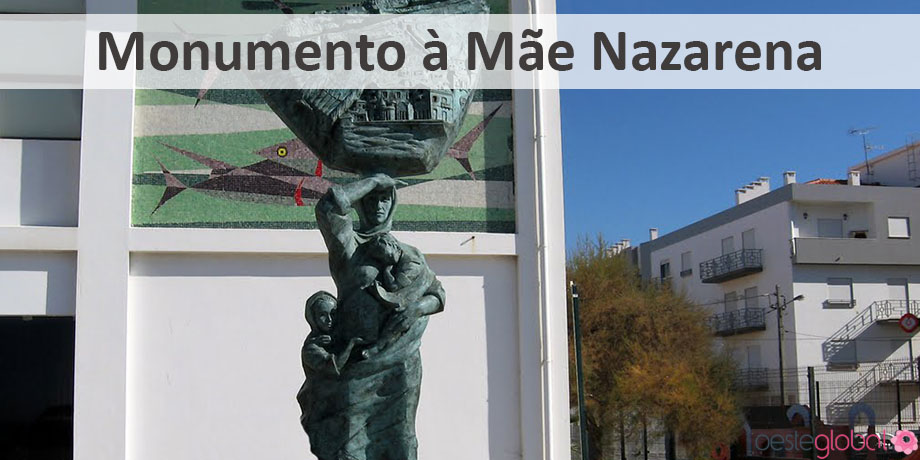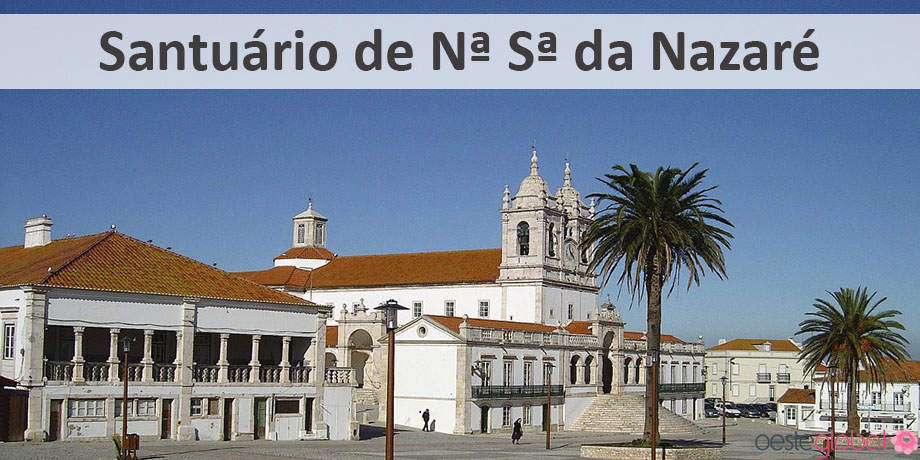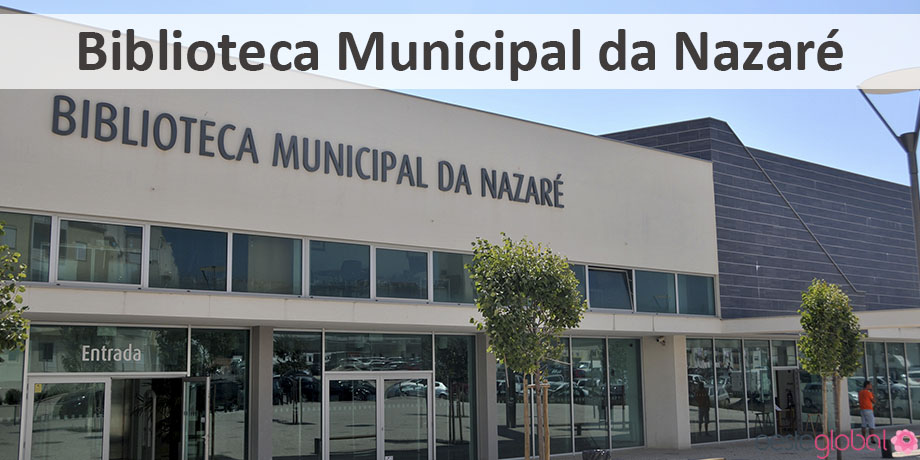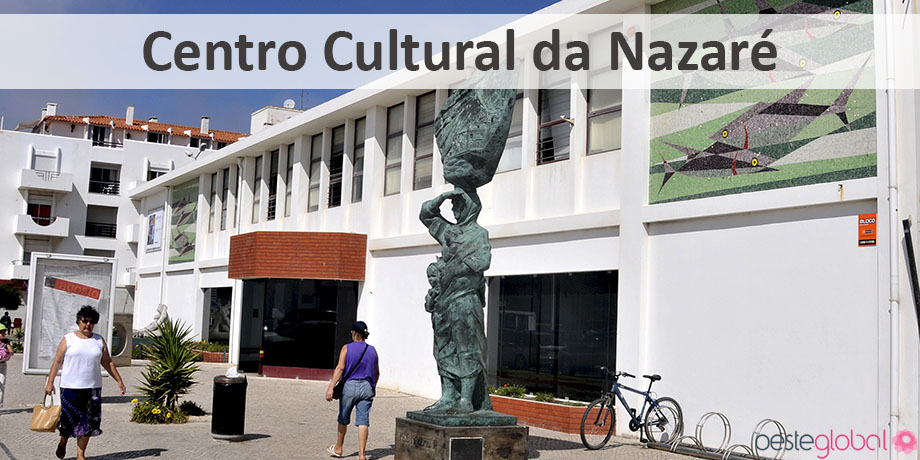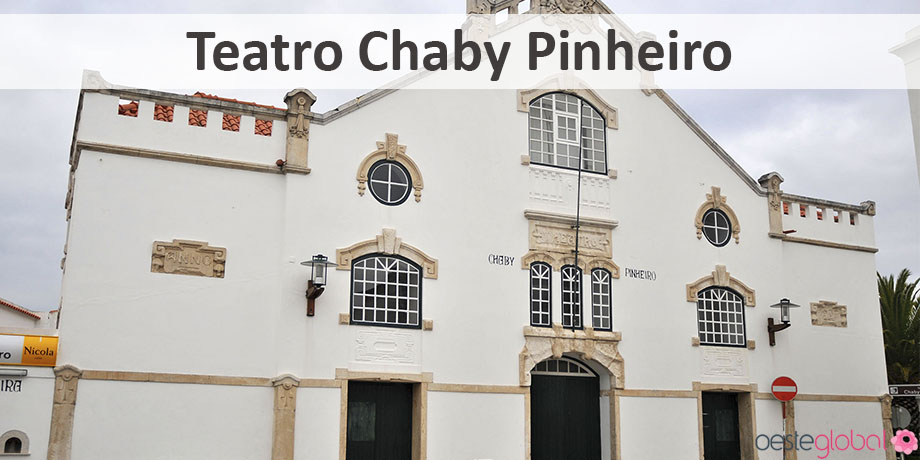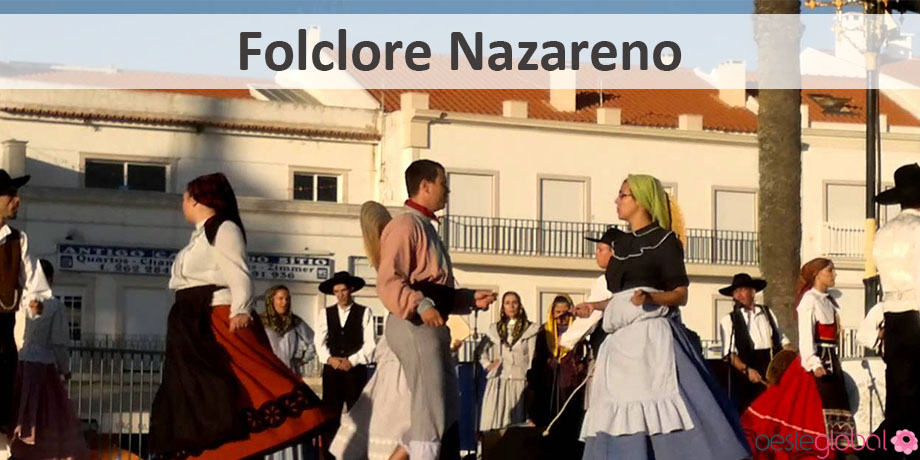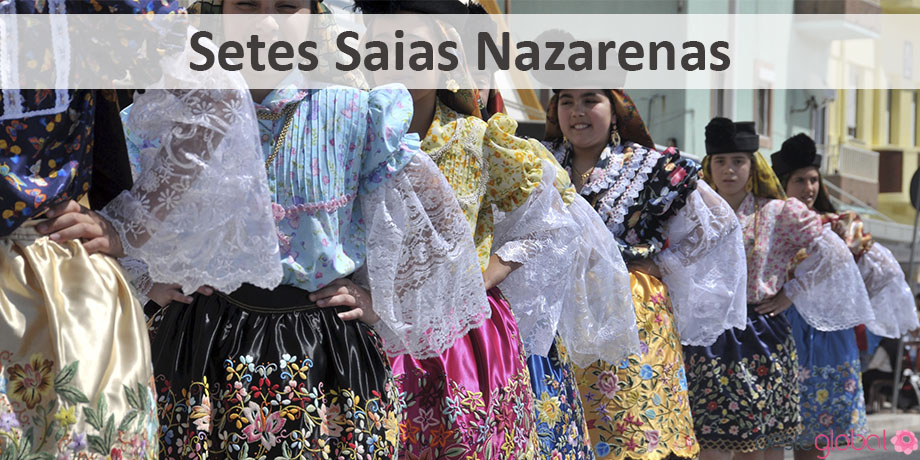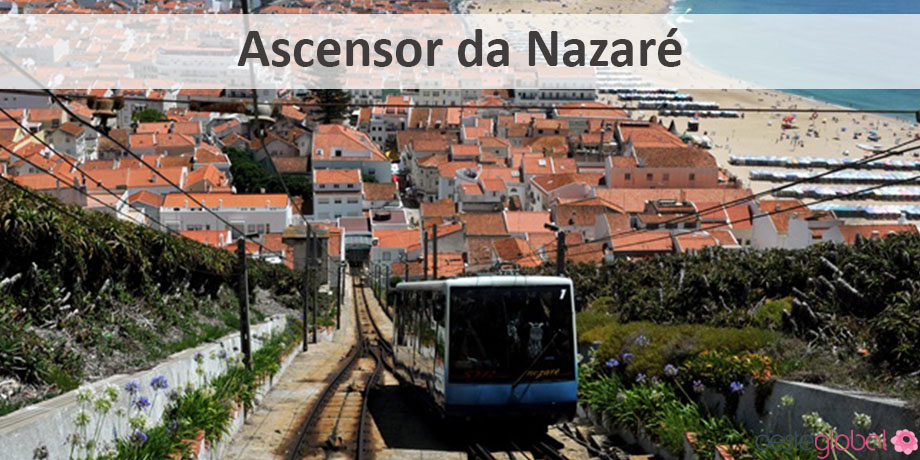Heritage in Nazaré
Fishing, its transformation and its sale were the main activities of the Nazarene population, however, fishing was a hard and dangerous activity, which leads many fishermen to seek another lifestyle. In the early eighties, with construction of the Fishing Port and Recreation, fishermen’s life changed for the better, starting a new phase of everyday village life, becoming a tradition. Today, Nazaré is internationally known due to its characteristics for surfing, with the biggest wave surfed in the world outside Nazaré.
Built heritage
Misericordia Church – in Pederneira, in Largo da Misericórdia, is this church from the late seventeenth century, which is currently classified as a Public Interest. This has a facade of late classical Baroque, and its interior consists of a nave, without the chancel, and covered by a false wooden dome in segmental arch format. Still preserves the ancient temple, the side of the Epistle to the tribune of the Brotherhood, composed of five Ionic columns support the entablature classic marble.
St. Michael the Archangel Fort – the site of Promontory, this was built by Sebastian in 1577. Its strength is aimed at defense of the attacks of Algerian, Moroccan and Normans. In 1600, Philip II ordered rebuild this fortress, following the plan of the Florentine architect João Vicente Casale. Once restored the monarchy, John IV sent remodel and expand this strong, featuring the track that currently preserves. A Mannerist military monument defense of its shores, with irregular longitudinal plant, which meets the promontory, where it belongs. This is a bulwark at each intersection of the thick walls, several times restored. At the entrance door, you are under a lintel, the image of St. Michael the Archangel and the legend “El Rey Dom Joam the Room – 1644”. In the first French invasion, this fort was occupied by French soldiers, who were later expelled by the site’s population and Flint, this act is a symbol of popular resistance. Since the year 1903, there is an aid to navigation Lighthouse with a bright range of 15 miles, completed by warning beep days of dense fog.
Royal Palace – the site, near the Sanctuary of Nossa Senhora. of Nazaré, it was founded during the reign of King John V in 1718, and the order of Nuno Alvares Pereira de Mello (1st Duke of Cadaval), to welcome the royal family and their companions in their pilgrimages to Virgin of Nazaré. This still retains the main façade porch with classical columns. For many years, it housed the Children of the Confraternity of Nossa Senhora. of Nazaré.
Memory Chapel – near the Suberco Belvedere, where legend has it that Nossa Senhora. Nazaré saved the lives of D. Fuas Roupinho in 1182, making stands this chapel in thanks. With a simple architecture, it was open on four arches, which in the fourteenth century were closed. In your front door is a panel of tiles with the Portuguese escudo and over at the same roof level, covered with tiles, you can see a figure in limestone, the fourteenth century, D. Fuas Roupinho in cave with his companions, praying to Mary.
Padrão – in 1939, was placed in the Nazaré, with the nozzle memory and the Hermitage, this aims to celebrate the coming of Admiral Vasco da Gama to Nazaré. According to tradition, this browser before its accomplishment, shifted to the Lady of Nazaré, whom invoked their protection, exchanging their gold chain necklace at the Virgin accounts. That the passage of the Cape of Storms, when there arose a great storm, Admiral threw his stick to water, which soon calmed down. Upon his return, D. Vasco da Gama traveled to the Nazaré, such as rosemary, to thank the Virgin and offering her a robe.
Sanctuary of Nossa Senhora da Nazaré – in the year 1377, King Fernando ordered the construction of the early church, which housed large number of pilgrims visiting the Lady of Nazaré, becoming thus the most important and ancient Marian Shrine Portuguese until the early twentieth century . Then, during the reigns of King John I, John II and Manuel, the church was enlarged and improved. This sanctuary is a great end of the seventeenth-century building containing two tall bell towers spire in baroque style, with a wide porch gallery in limestone, erected the order of King Manuel, to the pilgrims can be welcomed. The interior is of a ship in cross format Latin and covered by a wooden roof. On the left the ship, there is a large painting representing the miracle of the appearance of Our Lady of Nazaré D. Fuas Roupinho.
Monument to the Mother Nazarene – in Marginal da Nazaré, located in front of the building of the Old Lota, ie the Cultural Center, this monument pays tribute to mothers, sisters, wives and friends who have seen their loved ones leave for the sea to earn their win- bread, often never returned. This female figure accompanied by two children, and on his head is a related allegory with the physical aspect and some anthropological and ethnographic aspects of Nazaré. Having been created by sculptor Celestino Alves André, this monument was inaugurated in 2005.
Monument to the Nazarene Woman – located in Largo dos Cedros, this is a tribute to the Nazarene woman being inaugurated on May 9, 1998, and designed by Fernando Pedro. Circular concrete form, merges three prows with three figures Nazarene with your work attire. Their prows are partially covered with panels of tiles representing the daily life of the Nazaré woman.
Village fountain – located on the road that connects Nazaré to Pederneira, this source is derived from the eighteenth. With a backrest three waterspouts and tanks at ground level, of rectilinear cloths, scrambled by volutes at the top.
Cultural spaces
Old Town Hall Pederneira – is in Largo Bastion Fernandes, this building is a civil architecture sample with a large facade rectilinear, decorated with seventeenth-century elements. It worked as a building of Pacos County of Pederneira, until 1855, the date until today the village of Nazaré came to be attached to Alcobaça county. Since then, this space was butcher, jail, court and building of primary education. This building classified as Property Value Concelhio since 12 September 1978. In 2005, the former House Pederneira of the House was requalified, and create a multipurpose space with a capacity for cultural and recreational activities.
Municipal Library Nazaré – located in the Sports Group Avenue “Nazarenes”, next to the City Avenue, this multi-purpose building features a child / youth room, an adult room, Wi-Fi zone and a Bébeteca – An active learning space for babies from 0 to 3 years, Bedeteca – room dedicated to Comic a cinematheque a record library, a planetarium, among other services. Contact – phone: 262 562 388; email: biblioteca.municipal@cm-nazare.pt and website: http://biblioteca.cm-nazare.pt. It is open Monday to Friday from 9h30 to 18h00 and on Saturdays from 14.00 to 18.00, closed on Sundays and holidays.
Cultural Center of Nazaré – located on Avenue Manuel Remigio, in Nazaré, this has a 1 opening hours from October to March 31, from 09h30 to 13h00 and from 14h30 to 18h00; already from April 1 to June 30 and from August 26 to September 30 from 09h30 to 12h30 and from 14h30 to 18h30; and 01 July to August 25 from 09h00 to 21h00. Phone – 262 561 944.
Movie theater of Nazaré – on the street Dr. Ruy Rosa in the heart of the old town center of Nazaré, this was the subject of a structural intervention in 2002, standing out as a modern cultural infrastructure. This possess a room with capacity for 428 people, 4 of these for people with reduced mobility.
Cultural activities room Valado dos Frades – Street in the National Forests, Valado dos Frades, is open on weekdays from 9:00 to 12:30 (service) and from 14h00 to 20h00 (Internet space) and Saturday from 14h00 to 20h00. Phone – 262 577 676.
Chaby Pinheiro theater – near the Sanctuary of Nossa Senhora. of Nazaré, it is an Italian type of theater, dating from the early twentieth century and written by the architect Ernesto Korrodi in 1908. This was inaugurated on February 5, 1926, with the presence of actor Chaby Pinheiro, who is named. The fabric paints the scene of mouth are by Frederico Aires painter, and are classified by IGESPAR as Heritage Property. This theater has 410 seats spread over three floors. It is used not only for plays but also for concerts and other activities. With some frequency the Great Hall hosts temporary exhibitions and other events, and was restored in 1976 and again in 1993, this is equipped with conditions that allow you a smooth operation. Theatre Chaby Pinheiro is in charge of the Confraternity Our Lady of Nazaré and was classified as Concelhio value since 1992.
Regarding ethnography of Nazaré, there are various symbols, customs, cultural values, which are:
The Costume, that par excellence is a cultural brand definition of a people, in this case the suit in Nazaré illustrates the experience of the sea and fishing. Among the functional, practical or harmonious, the Nazarene dress falls within the whole personality of the people of Nazaré. Adapting the years, not only the necessities of life and toil, but also the modal trends that are emerging in a global society, especially the Nazarene feminine costume, which is far from being a piece in a museum.
The seven Skirts, Nazaré arises due to the retreat of the sea and siltation from the beach, in the seventeenth century, being attended and then known for beach bathing in the mid-nineteenth century. The original people of Nazaré came from other marine sites, as Ílhavos and Ria de Aveiro, which brought with them the new gear, fishing, dress and speech itself. For years, they have been adapting and evolving, becoming to the needs of your life. As part of this evolution, and being a tradition and legends, the seven skirts are related to the sea, which according to the people they represent the seven virtues, 7 days a week, 7 rainbow colors, the 7 waves of the sea among more biblical, mythical and magical powers involving the number seven. Women could use between 9-7 skirts, according to his own silhouette. Currently, work clothes using a smaller number between 3 and 5 skirts.
The Folklore which comes from the strong and well marked character of the Nazarenes. Dancing the turn of northern origin, has acquired unique movements and rhythmic characteristics Nazarene, and as corridinho, coming from the Algarve, later transformed to the rhythm of the Nazarenes. Dances that require a lot of energy, leaving the dancers and assistance breathless. A ballet rhythm and color, where the dancers dance barefoot, like the fishermen and fishmongers, the beach, the sound of the instruments used in the celebrations of the fishing class. The lyrics of the songs reflect the connection of the Nazarene people the sea and the fishing labors, a people who will live in the future uncertainty, but always with a smile, challenging the obstacles of life.
And the Xávega art which is one of the oldest and most characteristic Nazarene artisanal fishing methods, which over the years has acquired characteristics. Having multiple identity elements from the vessel used, with a flat bottom, bow in high nozzle to the network used in this type of fishing. This holds own elements, being composed of fish accumulation bag, and the variable length strings and throws. Overall, the companha consisted of eight men: the skipper, aft three rowers in the middle seat, the “revezeiros”, those who “go guys p’ró sea,” two at the bow seat and many others in “bank” on the cover.
Because of the difficulty of access to the site, which affected the development of the site and the establishment of the people, and in order to serve the interests of the population and the arrival of pilgrims to the Lady of Nazaré, was founded Nazaré Lift, A mechanical lift, in the late nineteenth century, designed by French engineer Raul Mesnier du Ponsard, Eiffel’s disciple and responsible for much of the elevators in Lisbon. A length of 318 meters with a gradient of 42%, this works in a row resting on the bed itself, having a bare cable over sheaves. Inaugurated on July 28, 1889, this lift is considered as one of the best in the history of Nazareth initiatives, promoting the site of growth and the very dynamic connection to the beach. In 1924, it was acquired by the Confraternity of Our Lady of Nazareth, to raise funds for the maintenance of the hospital and ease the way to the faithful of the Sanctuary. Later, in 1932, it was sold to the City Council, which is responsible for the operation, maintenance and conservation of local heritage. First the carriages were driven by a steam engine, running until February 15, 1963, the fateful day of the elevator accident. After this, it was closed for five years, returning to activity, with new cars, drive system, transmission and electric drive, equipped with a triple braking system.
The Bullfights in Nazaré dating from at least the eighteenth century and is associated with festivities Nossa Senhora da Nazaré, since there was a stone square and lime each year, makeshift arenas were assembled on site of the Parties, in Terreiro, near the Sanctuary. Built in the Nazaré, in 1897, his previous one was destroyed by fire, this new square was built at the request of the Royal House of Nossa Senhora da Nazaré, the Ministry of Public Works commissioned the architect Francisco da Silva Castro. It is built on a neoárabe style with a polygonal plant of 2 floors. In a circular plant, the second floor has benches on both levels, having also some cabins on the upper floor. In total, this square has seating for five thousand spectators.
According to legend, a Greek monk have brought with them an image of the Virgin of Nazareth, to the Cauliniana Monastery, near Merida, in the fourth century. Which, in the eighth century, this monastery was the refugee King Rodrigo, the last Visigoth king of the Iberian Peninsula, after his defeat in front of the Moors in Guadalete. Having found Frei Romano that assisted in his escape, taking with him the image of the Virgin and a box containing the relics of St. Blaise and St. Bartholomew. Before the death of Frei Romano, this hid the image in a small cave at the site, being stored for four centuries. Later discovered by shepherds, who came to venerate. D. Fuas Roupinho, Captain-General of the Castle of Porto de Mos, usually hunted in this region. According to legend, he found the image of the Virgin and began to venerate. After some time on the morning of September 14, 1182, during his hunt, D. Fuas saw it disappear into the cliff, and appealed to the Virgin in aid, and soon the horse stopped. In order to thank the Virgin for having saved him, D. Fuas Roupinho built the Chapel of Remembrance. Your image has given rise to the name of the place of Our Lady of Nazaré.




